Life in Antarctica: A Look Inside McMurdo Station With Jen Sorensen
Part of what motivates me to travel around the world is a burning curiosity to discover how other people live, how other places work, and what a regular day in a faraway place might look like. To that end, I am always looking to get the perspective of locals and other travelers on their own unique experiences in unforgettable places.
So, I am starting a series on the blog featuring stories from inspiring travelers and locals around the world entitled “Reports From the Road”. Congratulations, you are reading the first one today!
Disclaimer: Lose the Map contains affiliate links and is a member of Amazon Services LLC Associates Program. If you make a purchase through an affiliate link, I receive a small commission at no extra cost to you.
Of all the far-flung places on the planet, Antarctica has achieved a near-mythical status. It’s right near the top of the list as one of the most inhospitable and inaccessible places in the world.
I spoke with Jen Sorensen, whom I had previously met while working on a film in Los Angeles and is now working at McMurdo Station, about food, work, and life in Antarctica. It’s not what you might think. There are Bunny Boots and a band room involved. Read ahead!
What motivated you to want to go to Antarctica?
I had heard about a company that offered job opportunities, mostly in the service industry, in all three U.S. stations in Antarctica (Palmer, McMurdo, and South Pole). I thought it would be a fascinating experience. It’s not exactly a place you can easily travel to, much less live in.
Having grown up in Minnesota, I was also somewhat accustomed to a colder climate and wasn’t intimidated by the weather. The Antarctic landscapes I had also seen in various magazines were beautiful and unlike anything I had ever seen before, so why not get the chance to explore it up close?
How did you get a job in McMurdo Station?
I applied online in January 2015 for positions through the company for McMurdo and South Pole Stations, then followed up with a couple of people from Human Resources.
A few months later, I had a couple of interviews over the phone, and around late April or early May, I received an offer to work in McMurdo Station during the austral summer of 2015-2016.
How did you get to Antarctica in the first place?
The company arranged for me to fly down around late September 2015. First, I flew from my hometown to Minneapolis, then Los Angeles, then Sydney, then Christchurch, New Zealand. I stayed in Christchurch for a couple of days so the company could get things finalized with my stay on the Ice. After that, I was flown down on a C-17 with about a hundred others to Antarctica.
How many people are there at the station? What do they do?
I would say there are a little over 900 people in McMurdo now in November. It’s the largest U.S. station in Antarctica, and I believe it can hold close to 1,200 people total during the summer.
During the winter, it generally holds about 150. There are multiple departments here. I work in the service sector. It consists of dining attendants, cooks, janitors, bartenders, store clerks, and a hairdresser.
There’s also a supply department, cargo department, waste management, post office, utilities, carpentry/maintenance, housing/lodging department, PC Tech crew, and IT/web department.
Basically, all the people required to keep a station as large as ours running smoothly. There are also the grantees: scientists and grad students conducting research in just about every field you can think of, from glaciology to biology to geology to seismology.
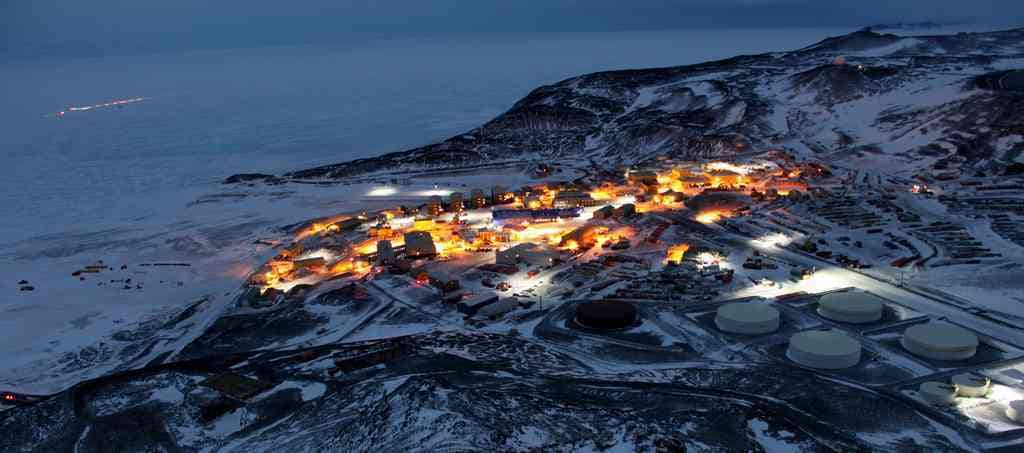
Walk us through a regular day at the station for you.
My day usually starts about an hour before my 4 or 6 AM shift and goes till mid-afternoon. I either spend the day cleaning various buildings (dorms, offices, science centers, etc.) around the station, or I’ll help out in the dining hall during breakfast and lunchtime.
After work, I like to work out to relieve any stress from the day. I may hit the aerobics gym (affectionately known here as the “Gerbil Gym”) to run on the treadmill or ride my bike, head to the weights room, or attend a yoga class. I also have a piano lesson which I attend once a week, and I rented a keyboard from the Gear Issue station to help practice.
You can rent out anything from Gear Issue from musical instruments, to costumes, to skis and snowboards. I might meet up with friends a few times a week to watch a movie, socialize, or go to a bar to dance.
Does it ever feel isolating or lonely, and how do you deal with it?
Honestly, the only time I might feel lonely is when I check my Facebook once a day and see what my friends and family are up to in various parts of the world. I might have the occasional pang of sadness when I realize I’m not going to be with them for a while, but then I think of what a unique opportunity I’ve been given to form some great memories with some pretty great people in one of the most exclusive places on earth.
People here become close with one another because we are each away from our families (with a few exceptions) along with pretty much everyone and everything else we know. We become our own sort of chosen wacky, happy family.
Also, there are ample opportunities to meet people outside of work. Besides the gyms and yoga classes I’ve mentioned, there are Crossfit and T-25 classes, a running group that holds everything from 5Ks to marathons, a knitting group, a farming group, a motorcycle club, a chess club, a yacht club (even though no one has a yacht), a craft room, a radio station, and even a band room which you can reserve to play (by yourself or with bandmates) any of the room’s guitars, drums, or keyboards.
There are also two bars, Southern Exposure and Gallagher’s Pub, where you can socialize, listen to live music, or dance yourself well into the evening. One of my favorite places to go, the Coffee House, is open for 24 hours and holds multiple movie nights in their screening room with an espresso or glass of wine in your hand.
There’s also special events, such as weekly science talks given in the dining hall or Crary Lab, a Halloween Party, Thanksgiving and Christmas Dinners, and IceStock (a music festival held every New Year’s Eve made up of local bands).
Seriously, if you don’t meet anyone during your time in McMurdo, you’re either a hermit or you’re doing something wrong.
If you ever feel you need some alone time, however, McMurdo can also help you with that. You can read at the library, watch a movie on one of the three movie channels in McMurdo (where locals can even pick which movies to watch!), or go on a solo hike or bike ride
Talk to us about the conditions of Antarctica, and how it affects your life there (i.e. special equipment or gear needed).
In a word, yes. Antarctica is one of the coldest, driest places to live on earth, and the United States Antarctic Program pulls no punches in ensuring you don’t succumb to the harsh conditions of the continent.
We get what we call Extreme Cold Weather (ECW) gear, which consists of a giant red parka filled with Canada Goose down feathers, a stocking cap, face mask, scarf, gloves with liners, snow pants, and thick rubbery boots (known here as “Bunny Boots” due to their oversized, snow-white appearance).
If we venture far outside of the Station, we can get YakTrax, which are basically rubbery springs we put over the soles of our boots to keep from slipping on the ice or on particularly challenging terrain.
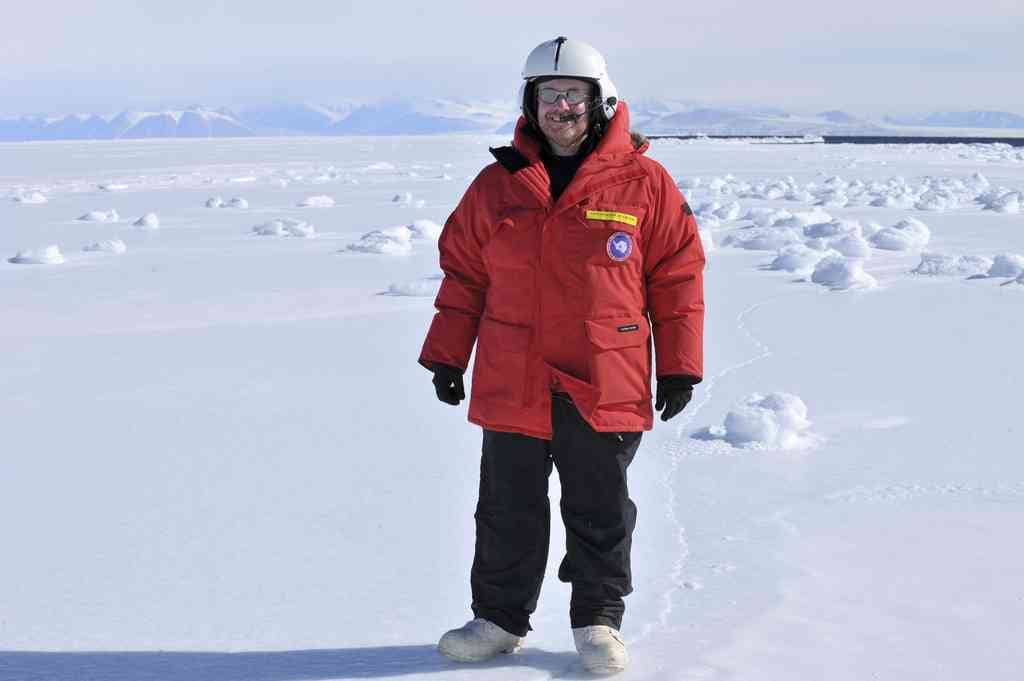
I’ve found my appetite has increased due to the cold as well. Most of the food you eat on the Ice goes towards generating heat to maintain a stable core temperature, and even though I exercise and work the same amount as before, I still need to eat more – and eat more higher-calorie foods – so that I can keep my energy levels as high as before.
It’s also important to drink lots of water. Antarctica is basically a giant frozen desert, and it can dehydrate you quickly. Lots of people carry water bottles with them at all times.
Weather forecasts are broken down into three categories: Condition 3, Condition 2, and Condition 1. Condition 3 is the safest by far. Visibility is at its best (you can generally see around a 1/4 mile or more in front of you), winds are low (below 48 mph), and temperatures and wind chill are above -75 degrees F. You can travel in and out of the station as you please. Condition 2 involves some limits in visibility (around 100 feet in front of you), and winds are much stronger (around 60 mph).
Temps are above -100 degrees F, and travel outside of the station is often limited. Condition 1 means you pretty much can’t see your hand in front of your face should you be unfortunate enough to be outside. We’re also talking temperatures below -100 degrees F and winds well over 60 mph. Needless to say, there is no traveling inside or outside of the station – that’s just part of life in Antarctica.
During the summer, we have sunlight 24 hours a day. It gets easier to tell what time of day it is by the position of the sun rather than whether you can even see it.
To sleep, it’s definitely wise to get some decent covering for your windows, be it a screen, curtain, or even a large piece of cardboard. The winter season will bring you about four months’ worth of darkness, so you will get a taste of both extremes should you stay a full year.
How does life in Antarctica at McMurdo compare to other places you’ve been?
Besides being in a state of perpetual winter? I would say it’s a lot like being at camp: You all live in dorms, eat the same food at the same dining hall, go to the same hangouts, and take part in whatever activities interest you. That, and you can’t beat the commute: it’s only a 50 foot stroll from my dorm to my workplace. To hell with highways and trains.
I make more or less the same amount of money as I did back home, but I don’t really have much to spend it on. My flights, dorm room, and food are all paid for by the company I work under, so I pretty much just spend it on whatever few other necessities I have. I can even rent movies and TV shows here for free – a necessity for me, certainly, considering there’s not nearly enough bandwidth for Netflix.
What, if anything, do you do for outdoor fun?
I’ve taken part in a few hikes. There are several hiking trails that range between two and ten miles long. One I took part in recently, the Observation Hill Loop, involves a trail that makes a long circle around the Hill until it comes to the very bottom of it.
It’s an intense hike, going up that hill, but you’re rewarded with a stunning view of McMurdo and a large wooden cross honoring Captain Robert F. Scott and his crew, who perished on the Ice while returning from the South Pole in 1912.
There is also a hike, the Hut Point Ridge Trail, that starts at Discovery Hut, which Scott built with his crew after they arrived from Great Britain while sailing on the Discovery back in 1902.I also recently took a tour of Discovery Hut now that it’s open to visitors. It still contains many artifacts – tins of biscuits and cocoa, canvases, even mummified seals and their skeletons – left behind by Scott. Ernest Shackleton also used the Hut for later expeditions.
The Cape Evans Tour, in which you can visit Scott’s Terra Nova Hut, has recently started up again. Another tour I’ve taken is the Pressure Ridges Tour. The Pressure Ridges basically are ice formations created when tidal forces collide with the Antarctic shore. It truly feels like some surreal winter wonderland when you walk amongst them.
On occasion, we’ll visit New Zealand’s Scott base, the station nearby, for when they invite us over for American Night. They have a cozy bar called The Tatty Flag which has a beautiful view of the Pressure Ridges and nearby mountains.
One of my favorite stops in McMurdo is the Observation Tube. It’s a rather narrow green metal tube you climb down into until you’re in a tiny room a little under three feet wide and fifteen feet below sea ice, and you can watch everything from fish to penguins to seals swim about (and the occasional diver, if you’re lucky).
How are your living quarters, food, and other essentials?
As I had mentioned previously, it’s similar to being in camp. I live in a dorm with a roommate, and the room is split evenly by our armoires, so it gives a nice feeling of having your own space. in the McMurdo interior.
My dorm has about thirty rooms total, complete with a lounge, laundry room, and spacious bathrooms. As for the food, it has a greater variety of meats, fish, vegetables, and grains than I expected to find on the Ice – certainly a pleasant surprise for me. We even have a bakery department that makes cakes, pies, cookies, and other delectables fresh daily. If we’re in need of clothing, we can buy something online or choose from the selection of t-shirts, sweats, socks, robes, and outerwear from the The McMurdo Store, which also has a plentiful supply of coffee, candy, chips, cookies, liquor, vitamins, over-the-counter meds, hair and skin care products, and other toiletries.
If you ever feel the need to be creative, we also have a small hut we call Skua Central (skua being a bird similar to the seagull that’s notorious for scavenging through garbage or unattended leftovers). At Skua Central, you can find all sorts of gently used clothing, books, household items, or simple knickknacks left by previous tenants to decorate your room, come up with an outfit for everyday wear, or just piece together a costume for the Saturday night dance.
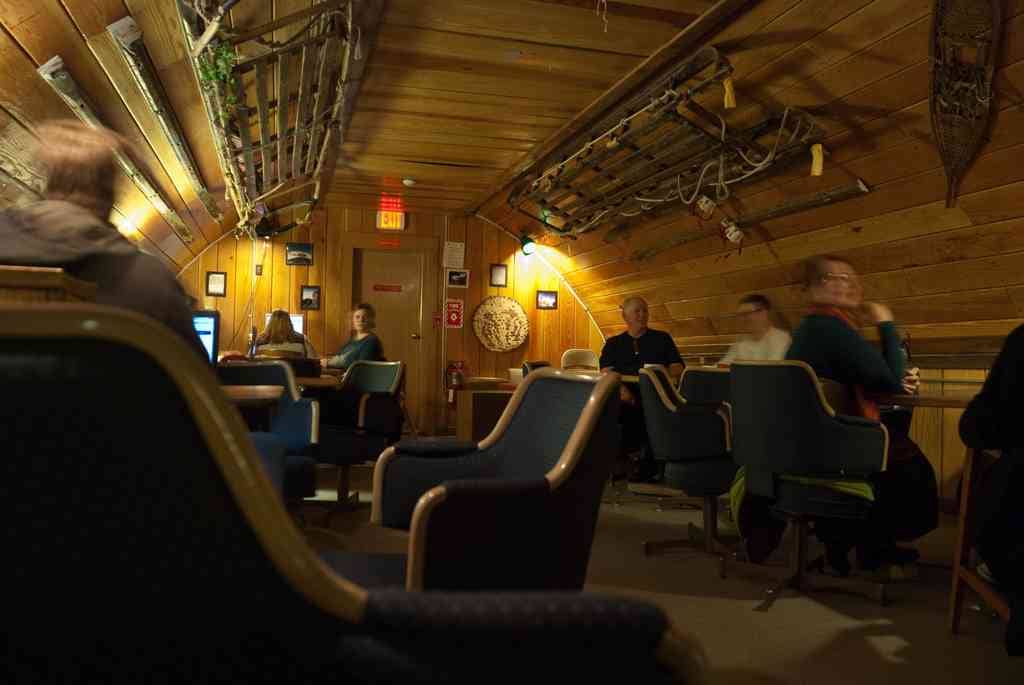
What do you find special about McMurdo and life there?
I’d say the warmth of the people is something I find refreshing. We have leads in my department who go out of their way to organize movie nights, hikes, nights out at the bar, even check on us when we’re sick. I’ve had near-strangers greet me in the halls and invite me to whatever club or meeting they were going to that evening. I’ve had deep conversations about life and the universe with people I had only met minutes before.
The people here have sort of an openness, quirkiness, and curiosity to them – which isn’t that surprising, given that you must have a certain amount of inquisitiveness to make yourself come to someplace as faraway and remote as Antarctica. Definitely my kind of people. I’m glad I made the leap to come here.
If you could give one piece of advice to anyone considering a stay at McMurdo, what would it be?
While McMurdo is not exactly a destination in which tourists can stay, we sometimes have visitors from tourist ships stay for a few hours at a time during the summer. McMurdo is a station built and maintained by the National Science Foundation in order that scientists can perform research pertaining to the unique environment and wildlife found here.
Unless you are a scientist or grad student – or can manage to find a job in any of the supporting departments of McMurdo – it’s likely going to be difficult for you to come here. Which makes me feel even more honored to have been chosen, to be honest with you.
If you are one of the lucky few who manages to get here, fantastic. Congratulations to you. Go on a few hikes and tours to see the historic sites nearby and get the full Antarctic experience while you’re here in McMurdo. It’s really a place unlike any other.

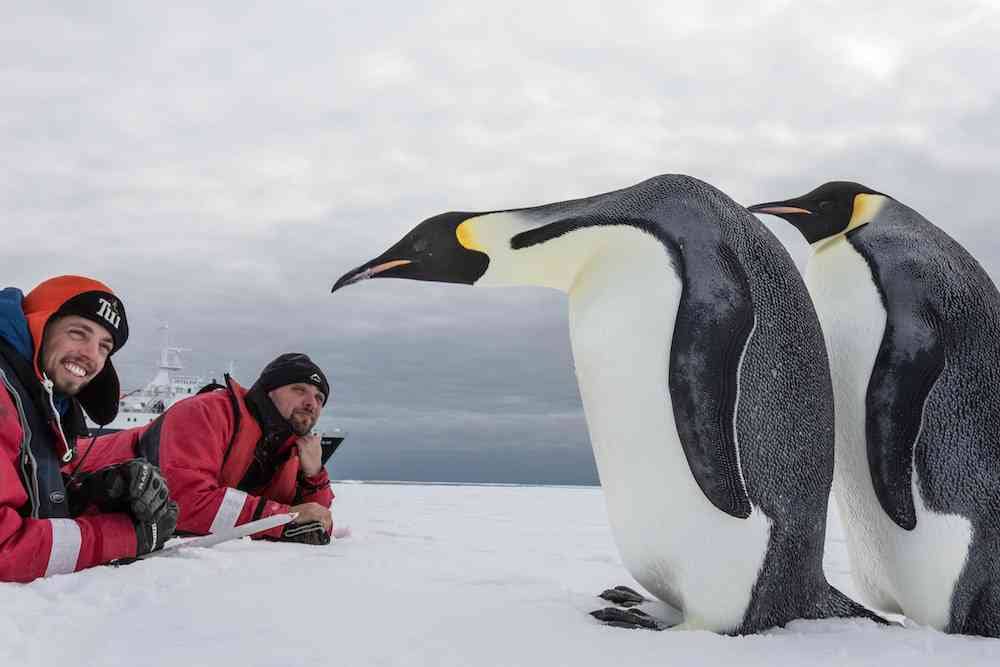
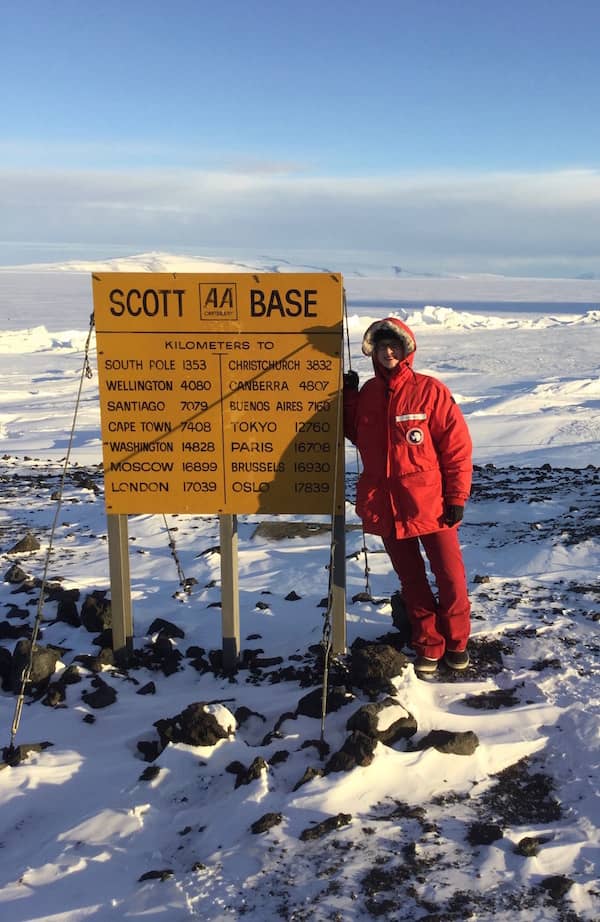
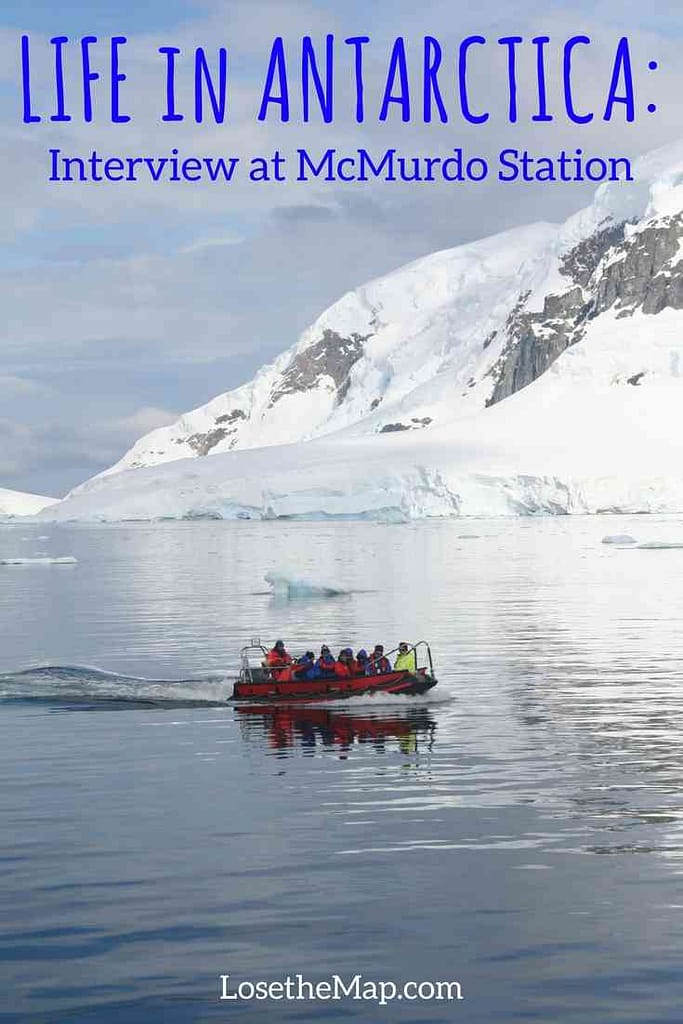
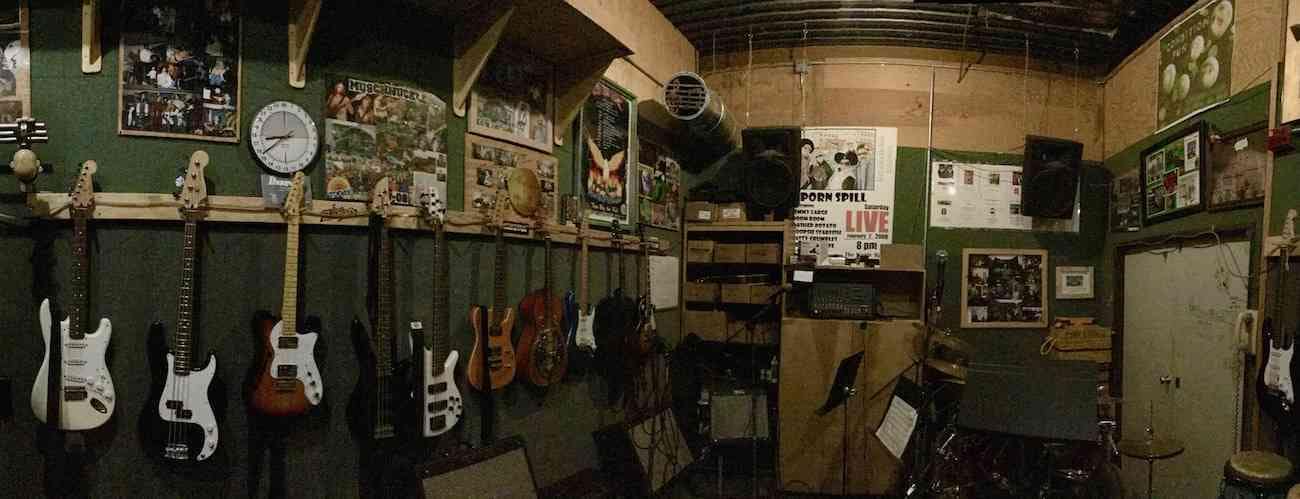
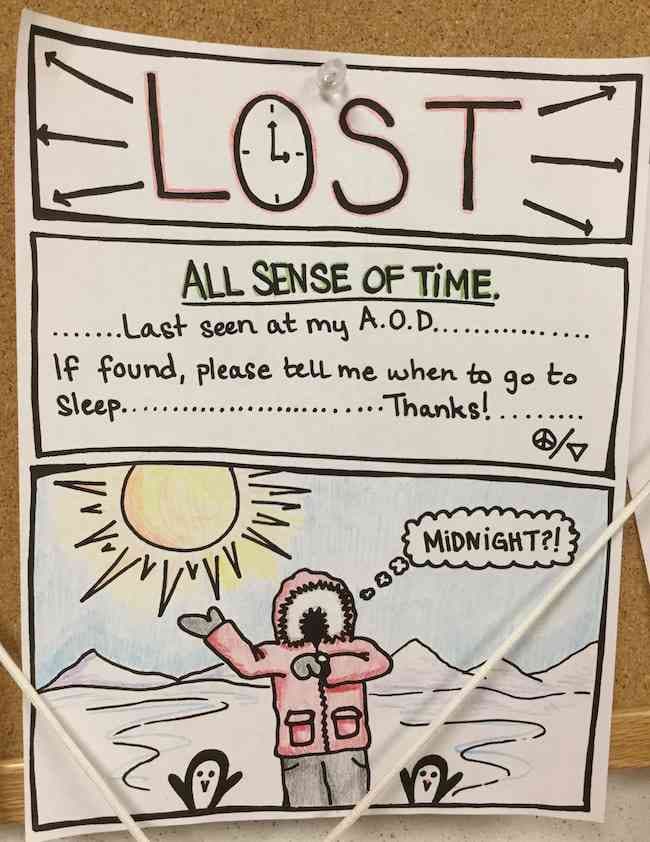

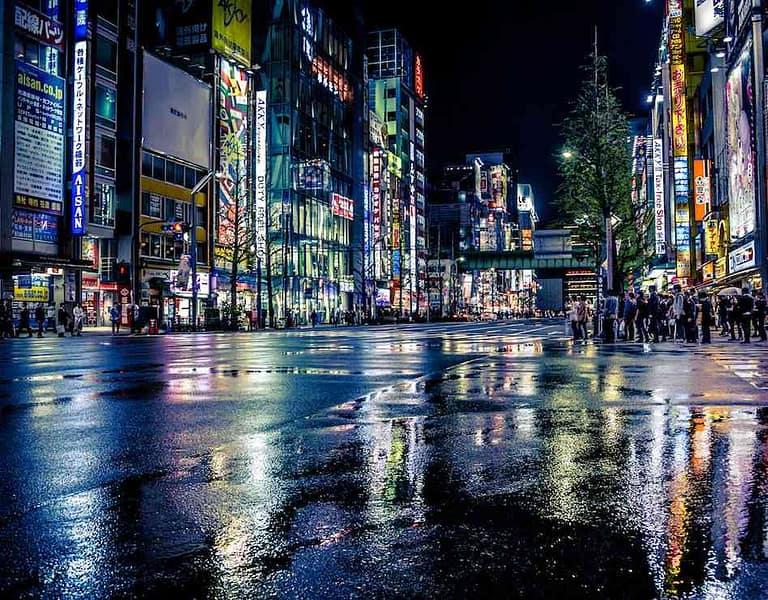
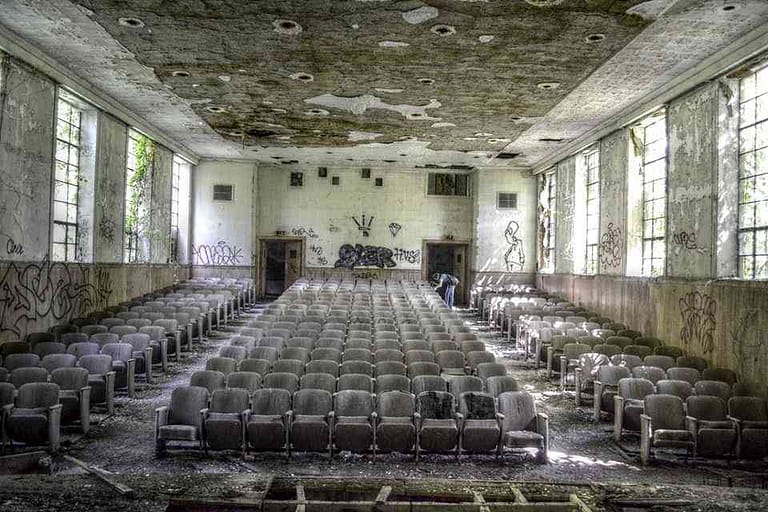
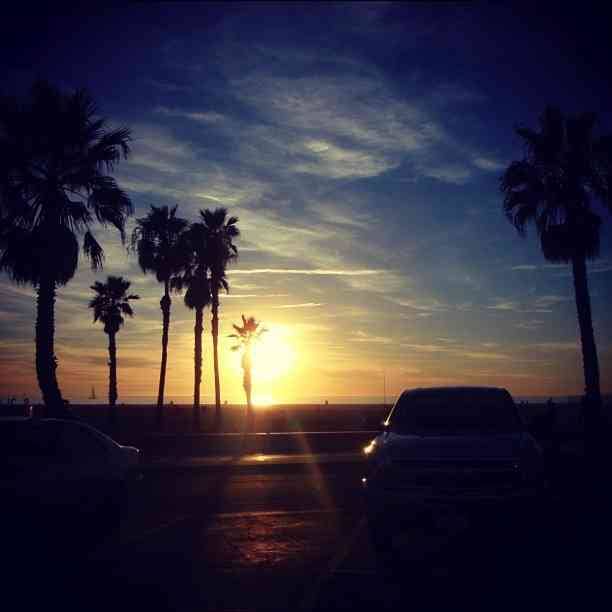
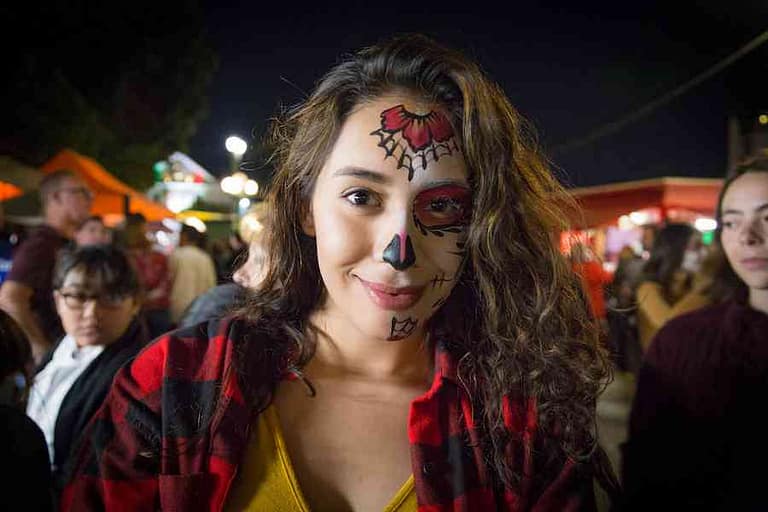
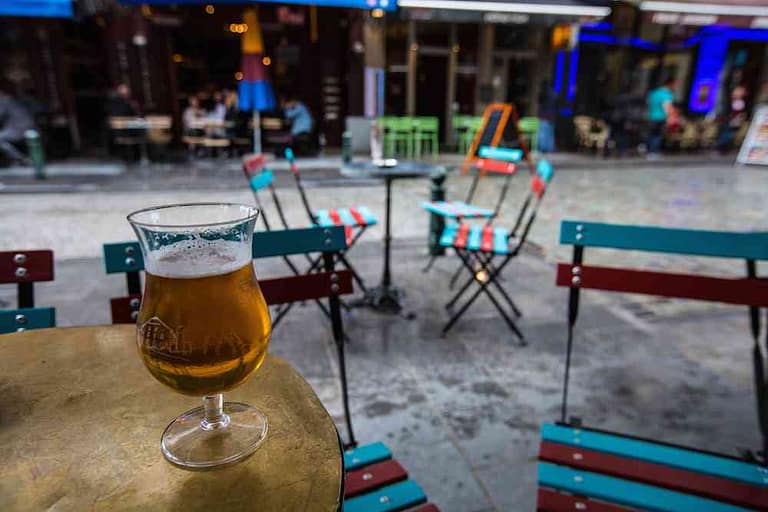
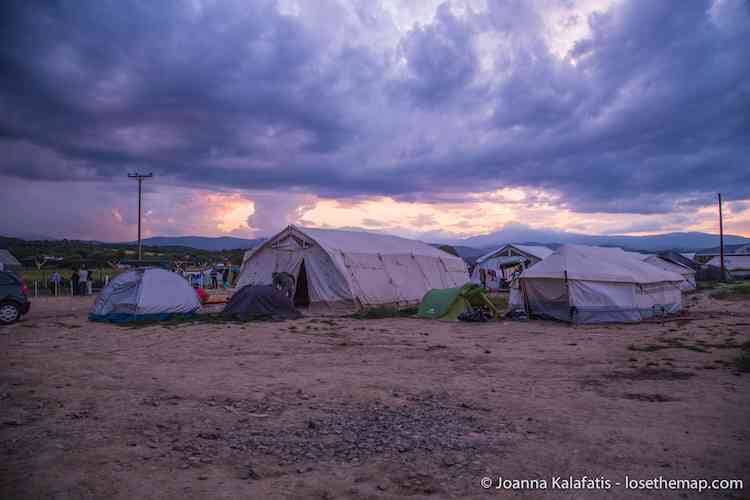
Great article! Thanks for the peek into life in Antarctica. I’m heading there this winter/summer and it’s nice to see what I’m getting myself into.
Thank you! Have a wonderful trip!
Really enjoyed reading article,thank you so much,my partner is on his way to you,he is a crane operator at bam Nuttel,so say hi from Charlotte, I am totally glad I read this and hope he enjoys the experience of 5months work and away from home, I didn’t realize so many people works out there and activities on offer, I totally now do not trust lol, time will tell,thank you for bringing light to many negative thoughts I had,and putting me totally right to go with but feeling,
Nice article. As an OAE for many years back in the late 80’s and 90’s, it’s iinteresting to see how life is down on the ice these days. I don’t recall the condition levels1,2,+3 as you stated however unless the weather has changed that much. Can you recheck those numbers please? Also, it’s funny to hear you talk about FB. Back in the day, you had to schedule a phone call and only had a certain period when you could talk with someone back home. The living conditions were more like an 1880’s California mining town with creaky old wooden buildings that often let alot of cold air in. You could only take a two minute “Navy” shower once a day because water was rationed. Desalination was not technologically perfected then. Anyway, thanks for the memories.
It must have been quite an experience then, I can imagine much more difficult than it is now! There are definitely those three classifications of weather now at McMurdo, I double checked before publishing and again now. Glad this article could bring back memories for you :)
Hey Joanna,
I really enjoyed the article. It is my dream to work at McMurdo through PAE and I am applying soon. Any tips for the application process? Can’t wait to live on the ice and see what you experienced first-hand!
Thanks! I hope you get to go and have a wonderful time! It’s my friend and fellow traveler Jen who went through the application process though, so I wouldn’t be much help in specifics.
Hi Joanna,
I had the opportunity of taking a special Qantas flight over the area, and it was truly magnificent. They had specialist first-hand tour guides on board the plane to give us that extra snippet of information. Could be a job for you there. :-)
However, from your point of view, it was great to read your blog direct from the source so to speak.
Cheers Nathan…
Nathan Taylor recently posted…Which are the best Motorcycle Airbag Vests or Jackets in 2019?
I enjoyed the article. I was a member of the Dry Valley Drilling Project in 1973. It was a great experience. I am sure that it has changed a lot.
Very cold! I hate the cold, but I also hate when it’s too hot! I know, you people do some very serious recerch. You also have 5 or 6 month of darkness. I’m sure when you first decided to make a perminit base, living was was difficult. But now you have most everything. Well not cars….right? McMurdo is so small, you can walk to every place. A very interesting place at that.